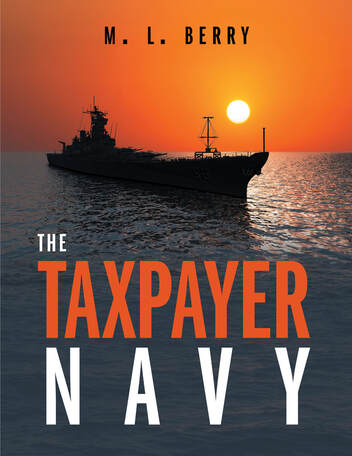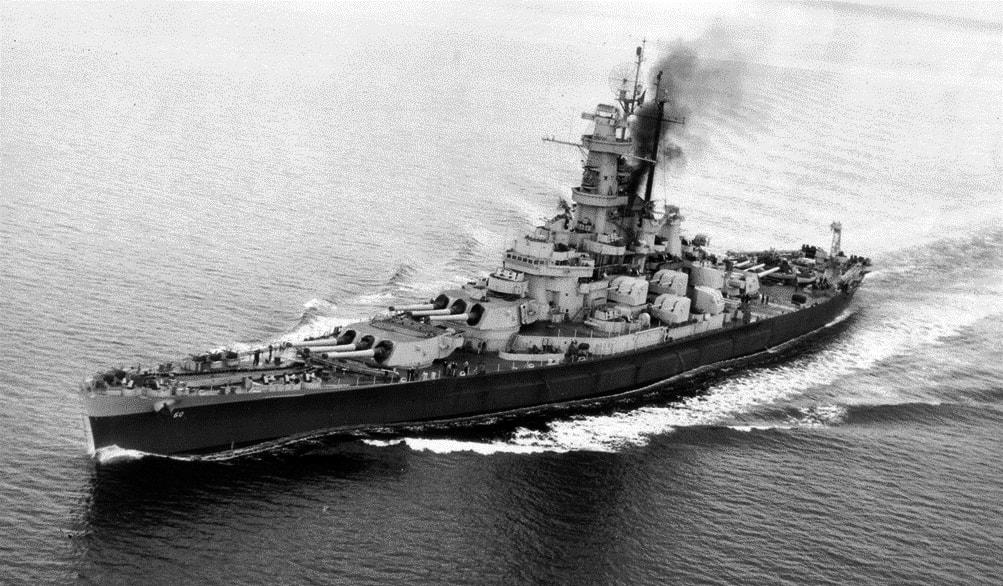The Taxpayer Navy
|
Follow me on social media
|
Tax dollars wasted on over-priced ships. Good ships decommissioned for no reason. Brand-new shore infrastructure shuttered or ill-maintained.
U.S. naval history from 1950 to the present is rife with mismanagement, the consequences of which fall largely on the taxpayers’ shoulders. And when most of the people making decisions in the Pentagon have never served on the deck of a ship, is it any wonder? With little to no oversight, the Navy has spent and wasted millions of dollars over the past seventy years. From decommissioning ships early to constructing classes of ships that are less capable than advertised to Congress, the Navy has heavily invested in systems that looked fine on paper but were failures in actual application. This detailed history of the state of commissioned ships includes recommendations for the allocation of funds into improvements that should be made to ensure sustainable and affordable ships for the U.S. Navy of the future. For readers interested in the detailed minutiae related to the development, cost, and lifetime of naval ships or of any military expenditures, for that matter—this book is a must-read manual. |


